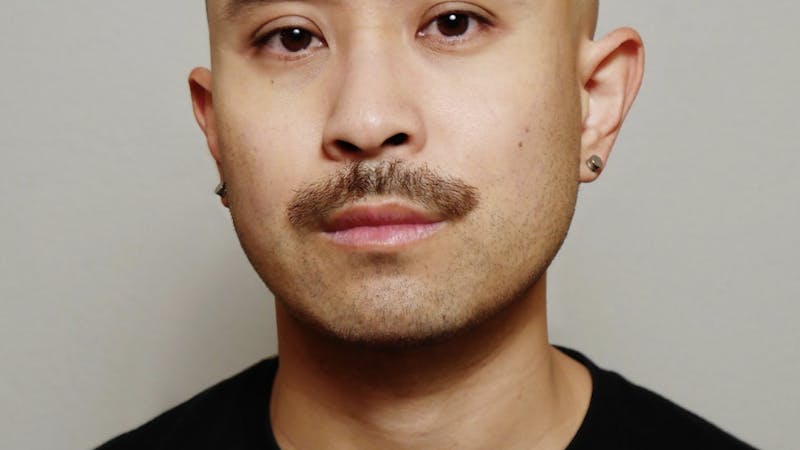Master Plan overlooks inner expansion
On Nov. 11, University Architect David Rodd spoke to the Student Association to outline Rice's Master Plan, a comprehensive overview of how Rice and its campus are expected to change over the next five decades. As he presented his plan, I couldn't help but notice the constant mention of words such as "expansion," "growth" and "increase," with reference to both the undergraduate population and academic resources. The question that came to my mind was whether the idea of growth is inherently at odds with Rice's character as a medium-sized, undergraduate-focused university charging relatively low tuition.
It should be noted that it is natural for an institution to want to grow; the institution is like a living organism, seeking to make the best use of its resources to survive and thrive. For a research institution like Rice, the ability to survive is largely a function of its academic output. Current plans for expansion may be operating under the assumption that, by increasing the student population, Rice can increase its visibility and research potential. Rodd mentioned during his presentation that the university plans to construct new academic facilities on the south side of campus. This is sensible if the rise in undergraduate population is accompanied by a similar rise in available academic and financial resources.
But this growth must be measured and reasoned. Rice currently touts its generous financial aid policy, a crucial factor in my decision to attend Rice, as a selling point. Will adding more students burden our financial resources, especially when there is talk of the Rice-Baylor College of Medicine merger potentially posing fiscal risks if completed? Can Rice sustain its high endowment per student and low student-to-faculty ratio with further expansion? Is there enough space and parking capacity to handle more colleges and more students?
It is important to keep in mind that the idea of "undergraduate focus" is not purely based on size; that is, adding more students does not necessarily render the school more focused on its undergraduate experience. An emphasis on undergraduates signifies that an institution has the available resources to efficiently support its undergrads and a high quality of life.
Even if the university were to maintain the student body's current levels, other measures might benefit the university and its undergraduates in the long term. For example, increasing the residential colleges' budgets, renovating those in need of repair and perhaps even making them "greener" would be proactive and would serve to strengthen the college system. Well-funded and modernized residential colleges would lead to a more vibrant social life. Expanding the current athletic program and ensuring that our teams are nationally competitive would help foster overall school pride.
Academically, achieving parity between Rice's undergraduate programs is important. Rice is typically known as a science and engineering school because of many of the notable achievements the sciences have produced. While we do have thriving non-science programs, more facilities and opportunities in these departments could increase these programs' visibility and attract a greater field of students.
In addition to academic diversity, social diversity should be valued. Rice took an important step this year by making the Class of 2013 the most diverse class in the school's history. We need to continue diversifying future classes by bringing in students from all over the nation and the world, increasing the university's international renown.
Keeping the population stable and bolstering existing resources goes a long way in maintaining Rice's character and culture, which should not be vainly compromised in the quest for expansion. Expansion of the student body is not wrong; rather, an action like adding two or three more residential colleges in the future, as Rodd suggested, should be effected with careful consideration and only after satisfactorily answering the questions posed above.
Plus, let's be honest. How many more open weekends are there for new public parties hosted by new colleges?
Vijay Rajaram is a Baker College freshman.
More from The Rice Thresher

Andrew Thomas Huang puts visuals and identity to song
Houston is welcoming the Grammy-nominated figure behind the music videos of Björk and FKA twigs on June 27.

Live it up this summer with these Houston shows
Staying in Houston this summer and wondering how to make the most of your time? Fortunately, you're in luck, there's no shortage of amazing shows and performances happening around the city. From live music to ballet and everything in between, here are some events coming up this month and next!

Review: 'Adults' couldn’t have matured better
Sitcoms are back, and they’re actually funny. FX’s “Adults” is an original comedy following a friend group navigating New York and what it means to be an “actual adult.” From ever-mounting medical bills to chaotic dinner parties, the group attempts to tackle this new stage of life together, only to be met with varying levels of success.

Please note All comments are eligible for publication by The Rice Thresher.